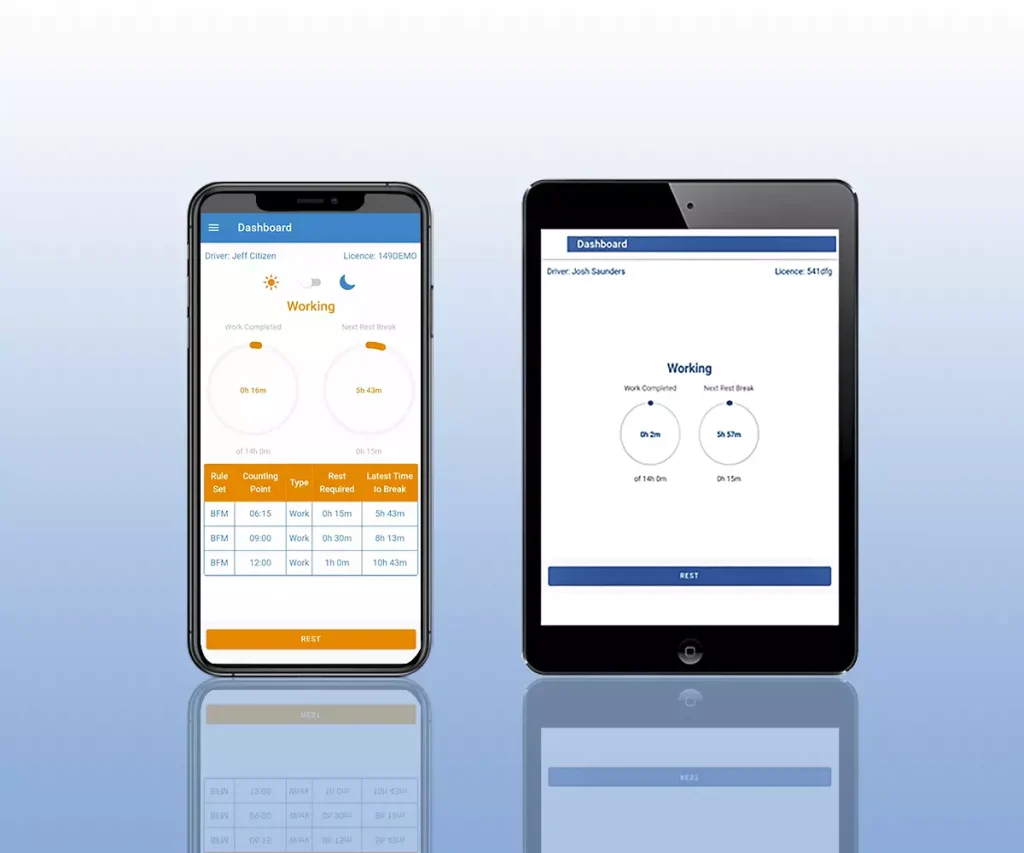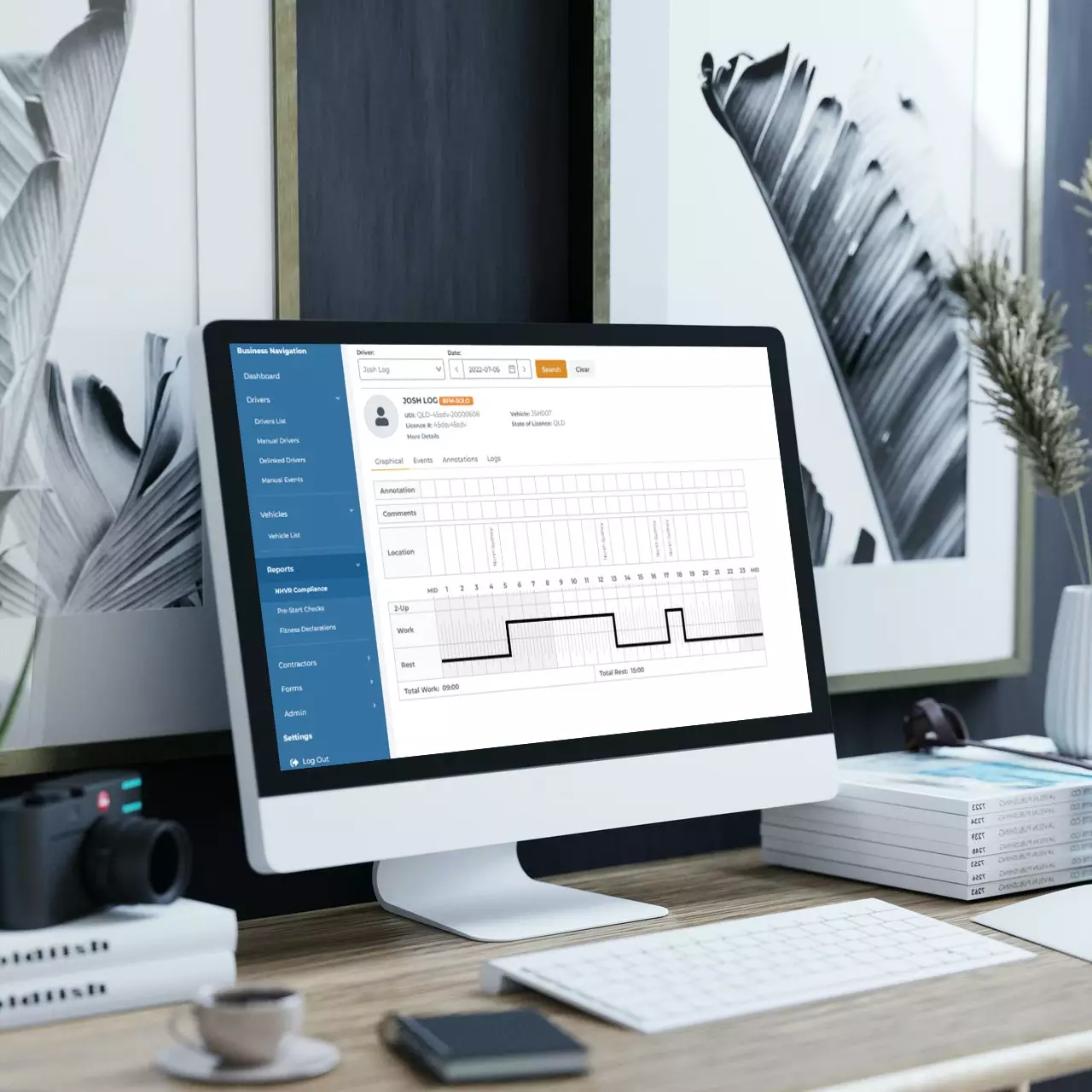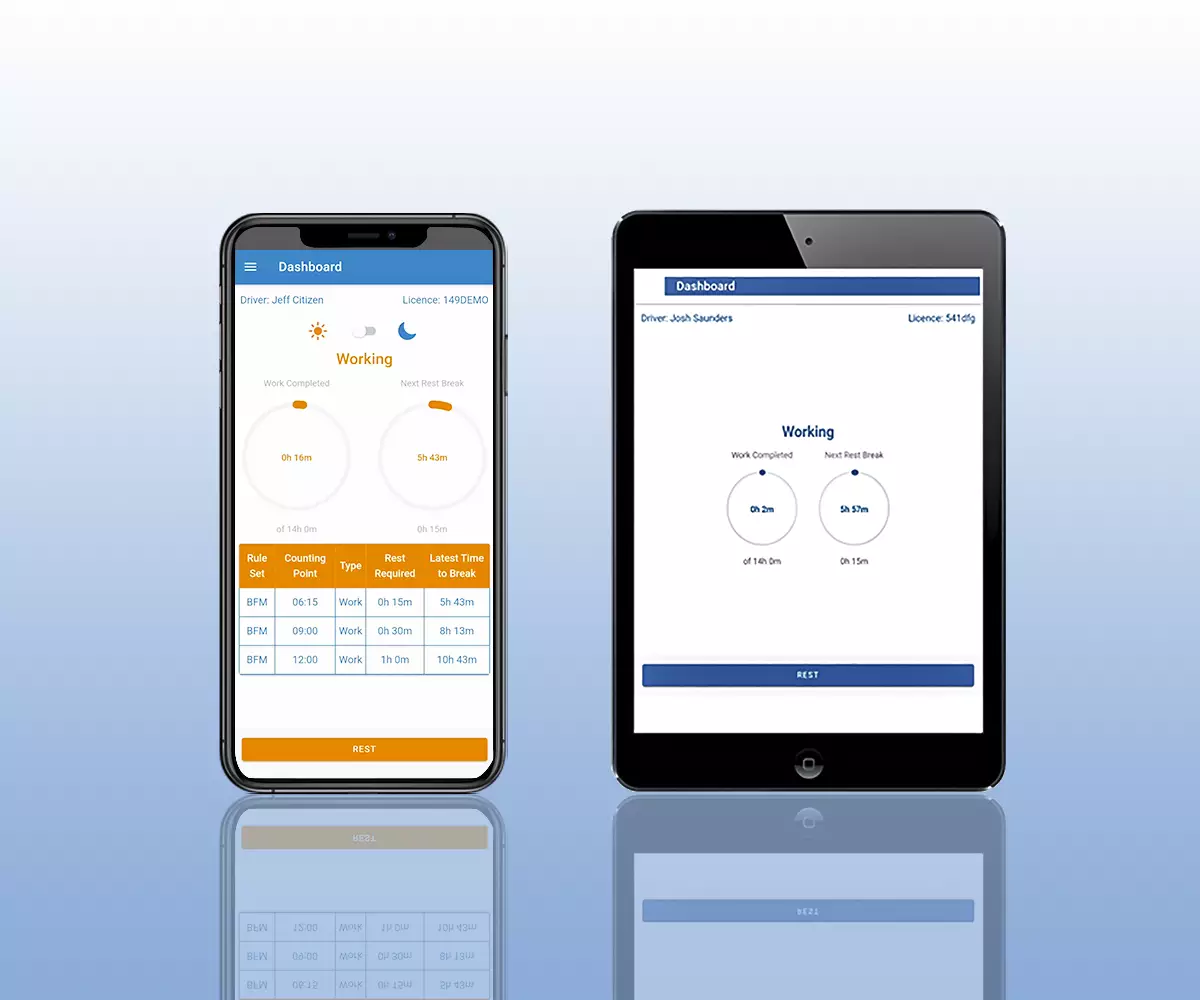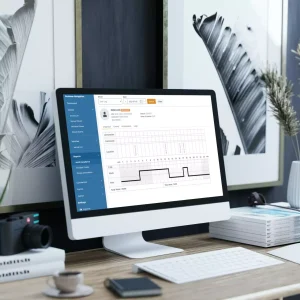1. Does Logmaster have input options for Split Rest Breaks? With reference to Section 255 of the HVNL.
No. Logmaster will identify all breaches in relation to 7-hour breaks not taken.
Logmaster will calculate a breach and an authorised officer may issue a fine. The driver can mark notes against events and later present a defence against the fine in court. A ‘Split Rest Break’ (under BFM) is not a Fatigue Rule but a “Defence for solo drivers operating under BFM hours”. It is an unplanned irregular activity (that is not recommended under HVNL).
For the Record Keeper: You can, as an investigation outcome, find a breach to be a split rest break, only when identified by the driver in accordance with the HVNL.
REFERENCE:
Heavy Vehicle National Law (Queensland) Chapter 6 Vehicle operations—driver fatigue:
HEAVY VEHICLE NATIONAL LAW (QUEENSLAND) – SECT 255
Defence for solo drivers operating under BFM hours relating to split rest breaks
255 Defence for solo drivers operating under BFM hours relating to split rest breaks
(1) This section applies if, at a particular time, the driver of a fatigue-regulated heavy vehicle is required under section 254 to have 7 continuous hours of stationary rest time in a period of 24 hours.
(2) In a proceeding for an offence against section 254 for a solo driver of a fatigue-regulated heavy vehicle relating to the driver failing to have the 7 continuous hours of stationary rest time, it is a defence for the driver to prove that—
(a) at the time the driver was required to have the 7 continuous hours of stationary rest time, the driver was operating under BFM hours as a solo driver of a fatigue-regulated heavy vehicle; and
(b) during the period of 24 hours for which the 7 continuous hours of stationary rest time was required to be had, the driver had 6 continuous hours of stationary rest time and 2 continuous hours of stationary rest time (a
“split rest break” ); and
(c) the driver had not had a split rest break in the previous 24-hour period.
Example of when the defence applies—
The driver of a fatigue-regulated heavy vehicle stops work to have 7 continuous hours of stationary rest time, but can not sleep, so the driver has only 2 continuous hours of stationary rest time and then drives on for a further 2 hours and has a further 6 continuous hours of stationary rest time at another place down the road. In the previous 24-hour period the driver had 7 continuous hours of stationary rest time.
2. Does Logmaster have input options for drivers unable to take short rest breaks at the time due? With Reference to Section 252 of the HVNL.
No. Logmaster will record a breach if the logbook does not record times within the required work and rest times.
If a driver is unable to take a rest and is able to keep records as to why, the appropriate process for presenting their defence is in a court procedure.
REFERENCE:
HEAVY VEHICLE NATIONAL LAW (NSW) – SECT 252
Defence relating to short rest breaks for drivers operating under standard hours
252 Defence relating to short rest breaks for drivers operating under standard hours
(1) This section applies if, at a particular time, the driver of a fatigue-regulated heavy vehicle is required, under section 250 or 251, to have a short rest break.
Examples of when this section applies–: The driver is required to have 15 continuous minutes rest time because–
(a) the driver has worked for 5¼ hours; or
(b) the driver has worked for 7½ hours and has only had 15 continuous minutes rest time during that period; or
(c) the driver has worked for 10 hours and has only had 3 lots of 15 continuous minutes rest time during that period.
(2) In a proceeding for an offence against section 250 or 251 relating to the driver failing to have the short rest break, it is a defence for the driver to prove that–
(a) at the time the driver was required to have the short rest break, there was no suitable rest place for fatigue-regulated heavy vehicles; and
(b) the driver had the short rest break—
(i) at the next suitable rest place for fatigue-regulated heavy vehicles available after that time on the forward route of the driver’s journey; and
(ii) no later than 45 minutes after the time the driver was required to have the short rest break.
Example of when the defence applies–: The driver of a fatigue-regulated heavy vehicle fails to have a short rest break after 5¼ hours of work time because there was no suitable rest place for fatigue-regulated heavy vehicles when the driver was scheduled to have the short rest break. Instead, the driver has a short rest break after 5½ hours work at a suitable rest place for fatigue-regulated heavy vehicles down the road.
(3) In this section–
“short rest break” means rest time of less than 1 hour.











